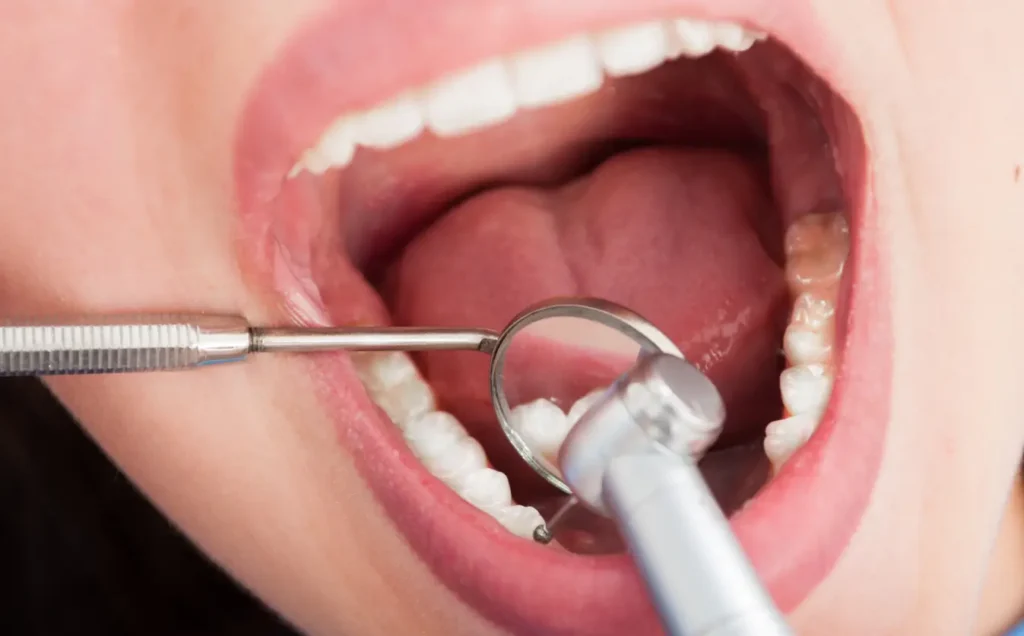




Cavity treatment
What is cavity treatment?

Main Symptoms of Cavities
- Toothache
- Tooth sensitivity
- Black or brown spots or holes.
- Tooth discoloration.
- Bad breath
- Infection or swelling.
- Discomfort when chewing.
Main Causes or Reasons for Cavities
Main Treatment Methods for Cavities
Composite resin.
Inlay or Onlay.
Crown (Cap)
Root canal treatment


If Cavities Are Left Untreated...
Worsening pain.
Root infection (Periapical disease).
Progression of periodontal disease
Tooth loss
Systemic effects
About Tooth Decay Treatment at Our Clinic
Process of Tooth Decay Treatment
STEP 1
Depending on the size and condition of the tooth decay, anesthesia will be administered. To reduce pain during anesthesia, a topical anesthetic is applied before using an electric anesthesia injector.
STEP 2
Using cutting equipment, we perform the procedure with minimal cutting and strain (MI). MI refers to minimally invasive dental treatment, and at our clinic, we use magnifying lenses to view the decay more clearly and use compact cutting instruments to remove the decay with minimal impact.
STEP 3
To ensure that no decay is left behind, we use a staining material to identify and confirm the presence of decay before proceeding with the treatment. We use caries detection liquid (a liquid that reveals remaining decay) to ensure that only the decayed parts are removed.
STEP 4
Depending on the size of the tooth decay, an impression may be taken to create fillings or crowns. If the decay is small, it will be repaired with composite resin, and the procedure will be completed. If the decay has reached the nerve, root canal treatment may be necessary.

